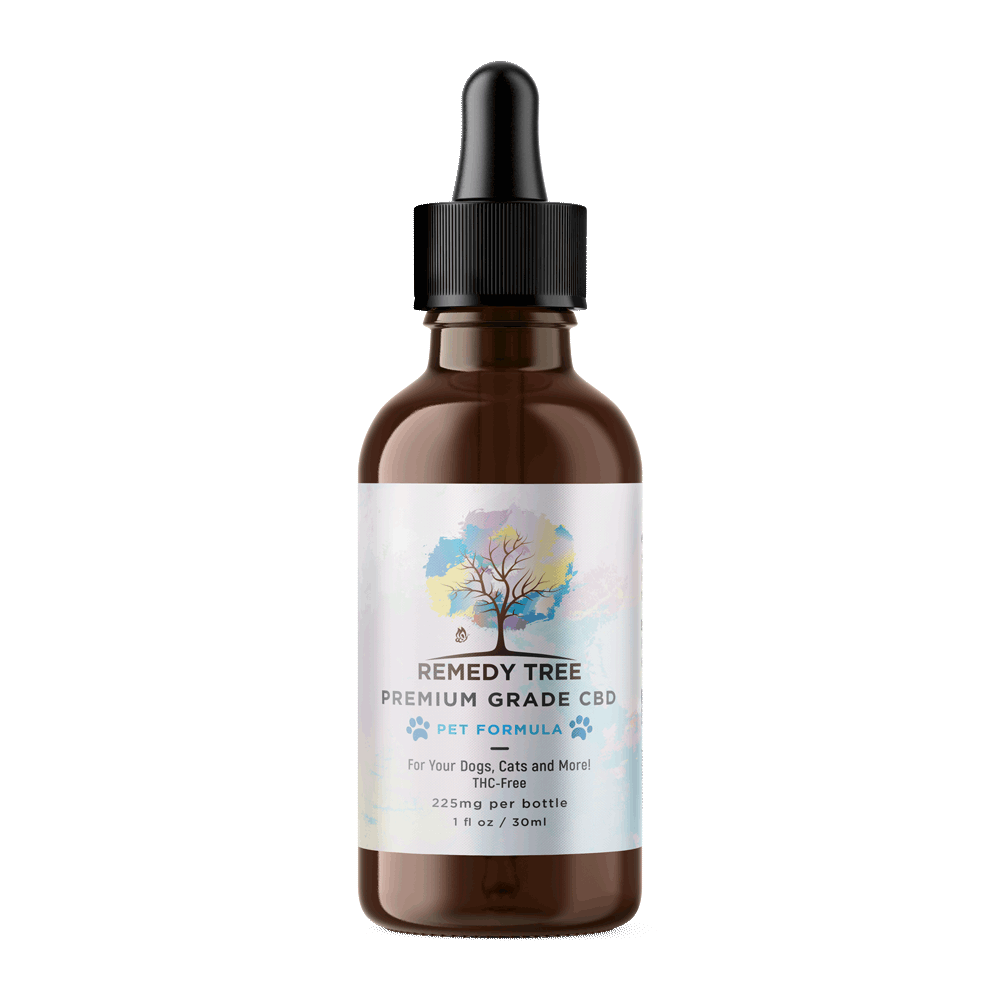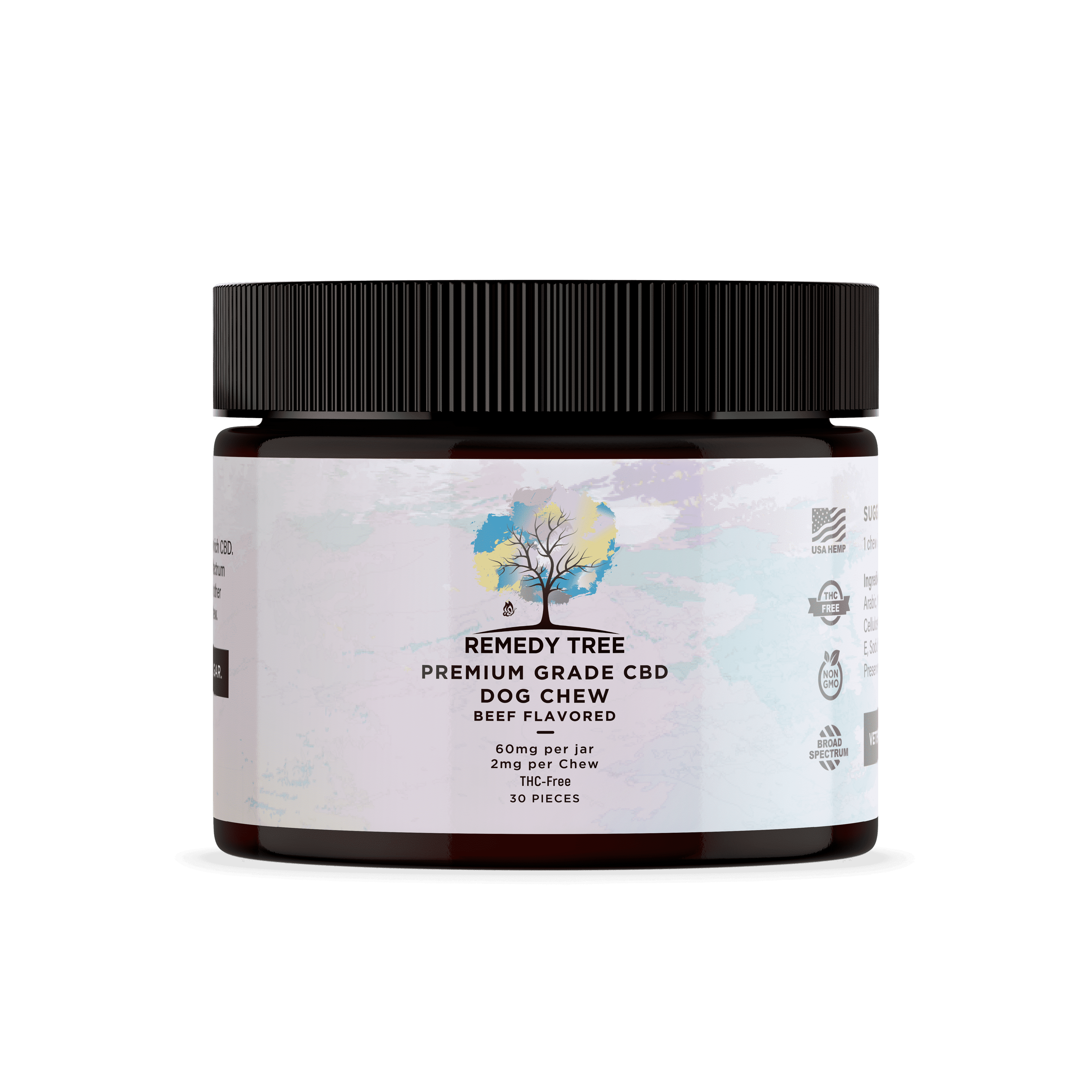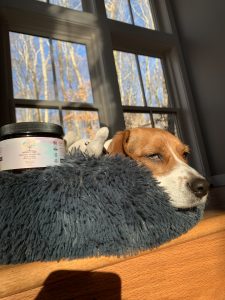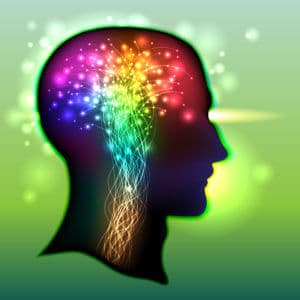What to know before using CBD for your pet
As many of us are becoming interested in using CBD for our pets, it is important to understand the basics in effectively and safely incorporating CBD into your pet’s regular routine.
What Is CBD for Pets?
 Similar to CBD products made for humans, you will find several similar CBD products for pets. From CBD topicals that can be rubbed directly into the skin, to CBD infused pet treats and CBD pet oil tinctures CBD pet products can be administered in several ways.
Similar to CBD products made for humans, you will find several similar CBD products for pets. From CBD topicals that can be rubbed directly into the skin, to CBD infused pet treats and CBD pet oil tinctures CBD pet products can be administered in several ways.
Why are so many humans so interested in giving CBD to their pets?
Simple…..like humans, animals can benefit from CBD. The endocannabinoid system isn’t just unique to us, all mammals have an endocannabinoid system.
While the science is still being studied and it hasn’t been determined just how CBD works within your pet’s system, it has been suggested that it is similar to the process that occurs in humans.
Using CBD for Your Pets
If you are interested in joining other pet owners who are choosing to give their pets CBD, read below to do so as safely as possible.
Things to Keep in Mind Before Giving CBD to Your Pet
1. Choose CBD for your Pet Wisely
 The most important thing you want to be sure of is that you are giving your pet quality CBD. We all know that not all CBD products are created equal. It is important to do research on the products and the company you are interested in buying from. Using the AKC’s guidelines when choosing a high quality CBD product for your pet, here are a few things to look out for.
The most important thing you want to be sure of is that you are giving your pet quality CBD. We all know that not all CBD products are created equal. It is important to do research on the products and the company you are interested in buying from. Using the AKC’s guidelines when choosing a high quality CBD product for your pet, here are a few things to look out for.
Search for premium ingredients. These include ingredients that are free from fungicides, pesticides and other contaminants. A formula that has been veterinary formulated is also a good sign in ensuring a high quality product.
Refrain from price shopping. Toxic substances such as pesticides, herbicides or heavy metals could be present in cheaper options. Typically, the higher the purity and quality, the higher the cost. Be sure you are looking for CBD pet oil that is free of additives.
View Lab Test Results. Be sure that there is little or no THC in the CBD pet products you are researching. The company should have direct access to their third party lab test certificates on their website which will verify that CBD is indeed in the product. If a company doesn’t offer these lab results, you’re better off finding one that does.
2. Talk to Your Vet
If you are interested in giving your pet CBD it is not a bad idea to speak with your vet. Often times they can answer any questions you may have.
3. Gradually Introduce Serving Sizes of CBD to Your Pet
Some vets recommend introducing CBD to your pet slowly. Starting pets out with 1mg of CBD per 10 pounds of body weight once or twice a day. Always observe your pet when introducing CBD pet products into their routine.
The best way to begin is to start with a smaller serving size and monitor your pet’s reaction. From there, you can then adjust the daily dose up or down, depending on the results.
Incorporating CBD Into Your Pet’s Regular Routine
Now that you’ve made the decision to support your pet’s quality of life with CBD, here are a few great ways to incorporate CBD into your pet’s routine.
Using CBD Pet Oil Tinctures
There are a few ways to introduce CBD into your pet’s daily routine using the CBD oil tincture. Giving them their daily dose by mouth is one option for dogs that may see that approach as a welcomed treat. If so, simply drop the CBD oil right into their mouth while being careful not to allow them to contaminate the dropper. If your pet is not a good fit for this style, a tincture can be added directly to their food or treat. You know your pet best!
Often times, giving CBD oil to cats, can tend to be a bit tricky as they are more finicky. Adding a CBD pet oil tincture to their food may work better.
Turn CBD into Treat Time

CBD pet treats are another way to give your pet the benefits of CBD.
Not all pets will enjoy the oil tincture process so CBD treats for pets are a great alternative to taking a tincture. The majority of pets love treats, which can make giving them CBD in this manner much easier.
Support Your Pet’s Skin With a Topical CBD Product
Similar to CBD topicals that humans use, CBD topicals for pets work in a similar manner. Often times, CBD topicals are used to support a pets joints, muscles and skin penetrating deep into the skin’s tissues to target specific areas.
CBD topical is great for an older pet that doesn’t quite get around like they did when they were younger or for a pet that has skin irritation issues like itching and scratching. An aging pet can really reap the benefits of using CBD.
Best CBD Oil for your Pet

As most of you know, Remedy Tree was born in part because of how successful using CBD was for Digger. If you have any questions about how to incorporate CBD into your pet’s routine we are here to help!

The Endocannabinoid System: What is it?
The endocannabinoid system is a specialized system in the human body embracing a network of cannabinoid receptors, the endocannabinoids and the enzymes that form and break down these cannabinoids.
The History Behind the Endocannabinoid System (ECS)
The pioneer of cannabis research, Dr. Raphael Mechoulam, was the first to isolate the cannabinoids THC (Δ9-Tetrahydrocannabinol) and CBD (cannabidiol) from the plant. Scientists discovered that there is a specific receptor that THC lodges to in the human brain, this was called the cannabinoid receptor type 1, or CB1. Cannabinoid receptor type 2 (CB2), which occupies the immune system, was later discovered.
It didn’t take long before it became obvious that the CB1 and CB2 receptors could not be present inside the human body only to interact with seldom consumed, plant-derived cannabinoids. This meant there were more than likely some natural agents in the body to bind to these receptors. As a result, research naturally went from learning about the cannabinoids in the cannabis plant to learning about the cannabinoids in the human body.
Endocannabinoids became the name of the cannabinoids inside the human body. There are two endocannabinoids that were isolated from the human body, anandamide and 2-Arachidonoylglycerol (2-AG).
Anandamide gets its name from the Sanskrit word ananda, or “bliss.” It was discovered in the 1990’s. This molecule operates throughout the endocannabinoid system and is involved with memory, pregnancy and appetite, just to name a few of its functions. It has even been identified as the source of the “runner’s high” experienced during or after intense exercise.
2-ArachidonoylGlycerol (2-AG) has been suggested by recent scientific findings that it is just as important as its famous sister molecule, anandamide. 2-AG has been linked to many things including our emotional states, protection from seizures, and maintaining cardiovascular health.
What is the Role of the Endocannabinoid System?
Now that we know what the ECS is, let’s learn more about its functions and mechanisms.
The endocannabinoid system is vital in keeping a stable internal milieu (scientifically known as homeostasis). It regulates pain perception; helps us cope with stress; promotes mental and physical health and wellness; influences appetite, energy storage and nutrient transport; crosswalks with the immune system.
The knowledge of how the ECS works can be crucial to understanding numerous conditions and functions of the body.
All the elements of the ECS work together to help accomplish its actions.
1. Endocannabinoids (eCBs)
Anandamide, is the same compound that gives you the happy feeling after a great workout or eating a delicious chunk of chocolate.
Anandamide only binds to the CB1 receptors, whereas 2-AG can attach to both cannabinoid receptors (CB1 and CB2) in the brain and the rest of the body.
2-AG is inactivated by monoacylglycerol lipase, whereas the enzyme that splits anandamide is fatty acid amide hydrolase (FAAH).
Endocannabinoids Have Their Own Course
The eCBs are unique in that they go against the natural flow of chemicals and signals in the brain.
Typically, information moves from a nerve cell known as ‘presynaptic’ to a target nerve cell containing receptors for that chemical titled ‘postsynaptic’. Endocannabinoids, however, travel backwards. The postsynaptic cell forms and releases eCBs. Endocannabinoids then come across the CB1 receptors in the presynaptic nerve cell. Functioning as traffic police, the CB1 receptors block the flow of other chemicals out of the presynaptic cells.
After the eCBs are done doing what they are designed to do, they are taken back into the cell and degraded by their respective enzymes.
Obstruction of the enzyme that degrades anandamide can get this endocannabinoid back in the system.
2. CB1 Receptors
CB1 receptors can bind to both endocannabinoids. They are present in the:
- Brain (distributed throughout the brain)
- Fat cells
- Muscles
- Gut
- Liver
- Thyroid and adrenal glands
- Male and female reproductive systems
- Lungs
- Kidneys
These receptors perform different tasks, depending on their location.
Emotional and Traumatic Buffer
The release of stress chemicals and your ability to react to stressful situations is regulated by the endocannabinoid system.
CB1 receptors can help block out the fearful memories in response to a threat like those associated with post-traumatic stress disorder (PSD) in the fear-regulating and memory centers of the brain.
Anxiety and Triggering Anxiety Relief
 The nerve cells that release calming and excitatory nerve chemicals are where CB1 receptors particularly localize. When high doses of endocannabinoids are activated, CB1 receptors suppress the release of these chemicals.
The nerve cells that release calming and excitatory nerve chemicals are where CB1 receptors particularly localize. When high doses of endocannabinoids are activated, CB1 receptors suppress the release of these chemicals.
The ECS exhibits dual properties when it comes to anxiety. When low doses of endocannabinoids activate the CB1 receptors the ECS combats anxiety. At the same time, when high doses of cannabinoids suppress the release of the relaxing-nerve chemical called GABA (gamma amino-butyric acid) anxiety can be triggered.
Anandamide acts as an anxiogenic agent (promotes anxiety) on the TRPV1 and anxiolytic (calms your nerves and mind) on the CB1 receptor.
Pain Sensitivity Modification
CB1 receptors also occupy the nerve cells in your spinal cord, where their activation can suppress the incoming pain signals.
Stimulating Appetite
Littered throughout different areas in the brain, CB1 receptors are also highly concentrated in the appetite centers. CB1 receptor activation in the appetite center makes us crave food, which can lead to weight gain. Therefore, science is targeting the blockade of CB1 receptors to combat obesity.
Increased Body Fat
The endocannabinoid system must be carrying out its job perfectly in order for our body to maintain its internal homeostasis. Meaning, any under-activity or even hyperactivity of the ECS can create issues. An over stimulated endocannabinoid system can cause us to gain weight by influencing the release of chemicals involved in metabolizing fat.
Connecting the Gut & Brain
The endocannabinoid system is the basis through which the gut and brain can communicate with each other. Your sensitivity to pain can be heightened by chronic pain as it occurs in irritable bowel syndrome which, as a result prompts a loss of CB1 receptors. Stomach discomfort can be relieved when endocannabinoids act via CB1. The activation of CB1 receptors slows the bowel movements in the digestive tract. On the other hand, an ECS that is not functioning properly can speed up gut mobility and is an underlying factor in diarrhea-predominant IBS.
3. CB2 Receptors
2-AG are the only place the CB2 receptor pockets can slot in. These receptors occupy the immune cells and organs such as the digestive tract, spleen, bone marrow and tonsils. The actions of the CB2 receptors depend on their location, similar to the CB1 receptors.
Controlling Vomiting & Nausea
There are many cannabinoid receptors that live in the brain centers which regulate the vomiting reflex. Therefore, their activation by cannabinoids can also control vomiting and nausea.
Combating Inflammation
The potential to fight inflammation can be noted in the presence of CB2 receptors being activated on immune cells. When activated by the cannabinoids, CB2 receptors in the gut serve to minimize inflammation in the bowels as well as the entire body. Inflammation and pain often go hand in hand. So activated CB2 receptors can reverse the inflammation associated with many painful conditions.
Bone Health Support
The number of bone forming cells are increased when CB2 receptors are present on the bone cells. At the same time, they inhibit the growth of cells that break down the bone. This allows more opportunity for the exploration of CB2 and treatment possibilities of osteoporosis.
What Happens if the ECS isn’t Up to Speed?
A deficient endocannabinoid system can wreak havoc on your body’s internal balance (homeostasis).
The endocannabinoid system serves as a potential bridge between the body and mind. Cannabinoid receptors are littered throughout the brain and the rest of our body and endocannabinoids are interacting with those receptors. When this bridge is compromised or fails to function properly, several systems go awry.
- Digestive problems
- Migraines
- Stress
- Trouble sleeping
The Up Side!
Even if your endocannabinoid system isn’t up to par, you don’t need to panic. You can support the work that your endocannabinoid system does every day through natural means.
We are here to help guide you in using those natural means and provide quality products you can count on. Visit us in the Tanger Outlet Mall at Foxwoods Resort in Casino in Ledyard, CT!



 © 2024 Remedy Tree.
© 2024 Remedy Tree. 